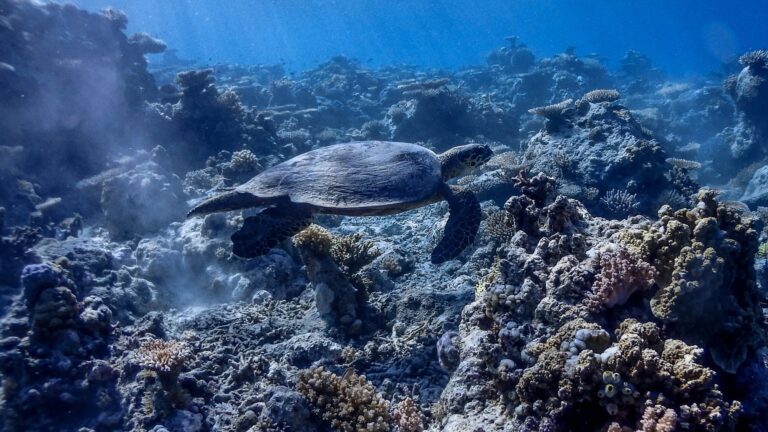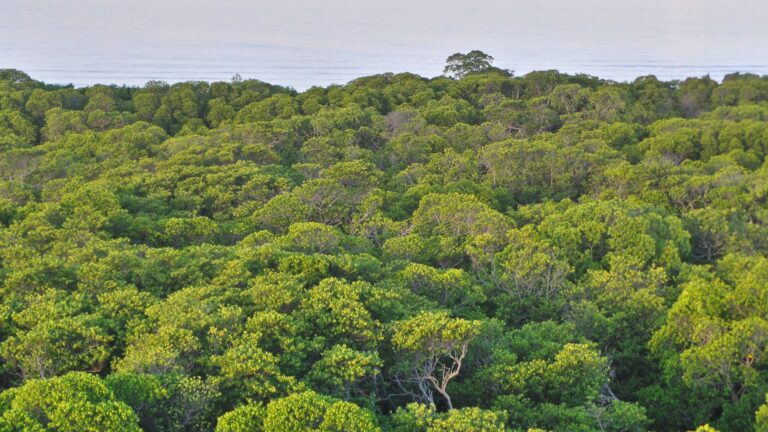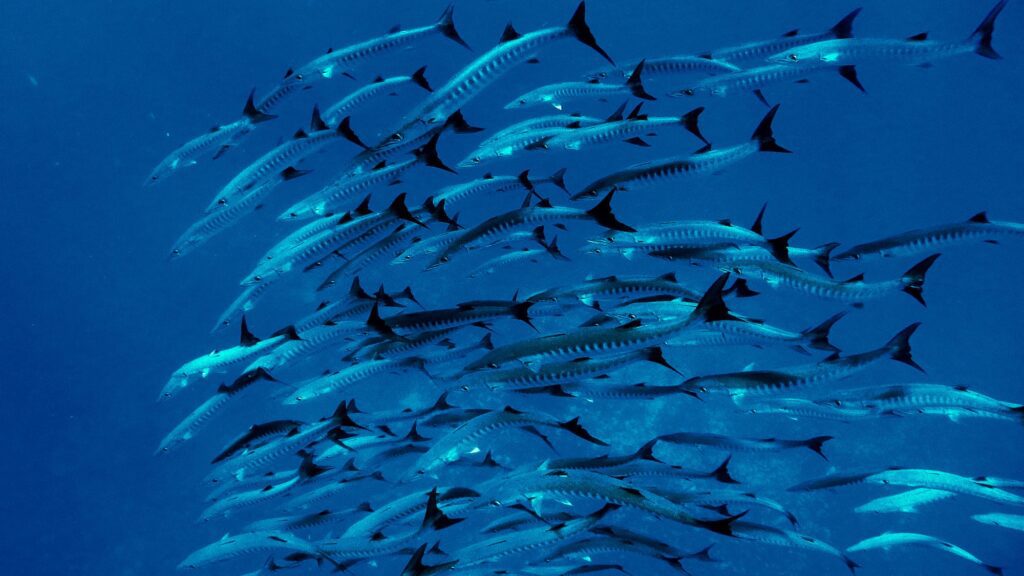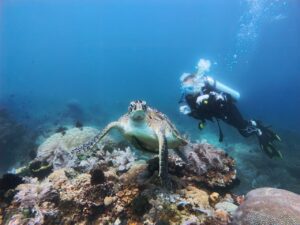Apo Reef, the largest coral reef system in the Philippines, stands as a vital player in marine conservation. Located off the coast of Occidental Mindoro, this UNESCO World Heritage site serves not only as a haven for diverse marine life but also as a model for effective conservation strategies. Understanding how Apo Reef contributes to marine conservation and the protection of biodiversity is crucial, both for sustaining the reef’s ecosystem and for preserving marine life for future generations.
The Ecological Importance of Apo Reef
Apo Reef’s extensive coral formations cover approximately 34 square kilometers and are home to an incredibly rich array of marine species. With over 400 species of coral and 500 species of fish, the reef acts as a vibrant underwater ecosystem, providing shelter, food, and breeding grounds for marine creatures. It’s a hotspot for biodiversity, where marine life thrives in one of the healthiest coral environments in Southeast Asia.
This diversity is not just a marvel of nature; it plays a vital role in maintaining ecological balance. Coral reefs like Apo Reef function as natural barriers, protecting coastlines from erosion and storm surges, while also supporting fisheries that are essential to the livelihood of local communities. The reef’s health directly affects the marine food chain and, in turn, the people who depend on it.

Marine Conservation Efforts at Apo Reef
Conserving such a vast and delicate ecosystem requires dedicated effort, and Apo Reef is part of a broader marine conservation initiative in the Philippines. Apo Reef Natural Park (ARNP) has been designated as a Protected Area under the National Integrated Protected Areas System (NIPAS) Act. This legal framework ensures the sustainable management of the reef, safeguarding it from human activities that could cause long-term damage, such as overfishing, pollution, and illegal poaching.
The primary conservation efforts include:
- Marine Protected Area (MPA) Management: Apo Reef is classified as a “no-take zone” in specific areas, which means fishing and other extractive activities are prohibited. This restriction allows marine populations to regenerate and flourish, helping to sustain both biodiversity and fish stocks for the surrounding areas.
- Coral Restoration Projects: Damage from past destructive fishing practices and climate change has led to coral degradation. Local environmental groups, in partnership with international organizations, are actively engaged in coral rehabilitation projects. These initiatives include replanting broken corals and setting up artificial reefs to encourage new coral growth.
- Wildlife Monitoring and Research: Scientists and marine biologists frequently monitor Apo Reef to study the health of its ecosystems and to track the populations of critical species, such as sea turtles and reef sharks. The data gathered helps inform better conservation strategies and adaptive management practices.
Biodiversity Preservation at Apo Reef
Apo Reef’s role in preserving biodiversity is quite significant. As a biodiversity hotspot, it shelters a wide range of species, some of which are endangered or threatened. One of the most iconic inhabitants of Apo Reef is the green sea turtle, which finds refuge in its waters. The reef also hosts hawksbill turtles, a critically endangered species due to habitat loss and illegal trade.
The reef is also a breeding ground for various species of fish, including groupers, wrasses, and parrotfish. These fish populations are vital not just for the ecosystem but also for the local fishing industry. By ensuring that these species can reproduce in a protected environment, Apo Reef helps maintain the balance of the marine food web and supports sustainable fishing long term.
Underwater caves and crevices provide shelter to larger marine predators like reef sharks and barracudas. These predators play a crucial role in regulating the population of smaller fish, ensuring that no single species dominates the ecosystem. This balanced ecosystem is a textbook example of the intricate connections that support marine biodiversity, making Apo Reef a living laboratory for understanding marine ecology.

Challenges Facing Apo Reef
While Apo Reef is a model of conservation success, it is not immune to challenges. Like many coral reefs worldwide, Apo Reef is threatened by climate change. Rising sea temperatures lead to coral bleaching, where corals expel the algae living in their tissues, causing them to turn white and become more susceptible to disease. Although Apo Reef has shown resilience compared to other reefs in the region, continued warming could pose significant risks to its coral populations.
Overfishing and illegal poaching remain persistent threats, especially in areas surrounding the protected zones. While strict enforcement of the no-take zones within the reef has helped, illegal fishing practices such as dynamite and cyanide fishing still occur in nearby waters, undermining conservation efforts.
Additionally, plastic pollution and marine debris are growing problems in the oceans. Even in a relatively remote location like Apo Reef, plastic waste can drift from other parts of the world and harm the delicate marine ecosystem. Sea turtles, for instance, are known to ingest plastic bags, mistaking them for jellyfish, one of their primary food sources.
How You Can Support Apo Reef’s Conservation Efforts
Visitors to Apo Reef play an essential role in its conservation. By following responsible travel practices, tourists can help minimize the impact on this fragile environment. Here’s how you can contribute:
- Practice Sustainable Diving and Snorkeling: Apo Reef is a prime destination for divers and snorkelers, but it’s essential to follow sustainable practices. Avoid touching or stepping on corals, which are extremely fragile and can take years to recover from damage. Ensure you use reef-safe sunscreen to protect the coral from harmful chemicals.
- Follow Marine Park Regulations: Adhere to the rules set by Apo Reef Natural Park. This includes not removing any marine life, corals, or shells, and avoiding single-use plastics to reduce waste in the area.
- Support Local Ecotourism Initiatives: Many dive operators and tour guides around Apo Reef are committed to marine conservation. By choosing eco-friendly tours and supporting businesses that prioritize sustainability, you contribute directly to ongoing conservation efforts. Local businesses often work in collaboration with marine biologists and environmental groups to ensure that tourism has a positive impact.
- Raise Awareness: Share your experiences of Apo Reef with others and highlight the importance of preserving such unique ecosystems. By raising awareness about the reef’s conservation challenges and successes, you encourage others to adopt responsible practices when visiting marine environments.
Summary
Apo Reef’s contribution to marine conservation and biodiversity is invaluable. Its status as a marine protected area not only safeguards its rich coral ecosystems but also supports the livelihoods of local communities and helps combat global issues like biodiversity loss. From coral restoration projects to effective enforcement of conservation laws, Apo Reef stands as a testament to the positive impact that targeted conservation efforts can have on preserving marine ecosystems.
By visiting Apo Reef and supporting its conservation initiatives, you’re playing a role in protecting this marine sanctuary for future generations to enjoy. The ongoing efforts to preserve Apo Reef are crucial, ensuring that its waters remain a pristine home to marine life while continuing to educate and inspire conservation worldwide.
Author: Zach Yanuario



